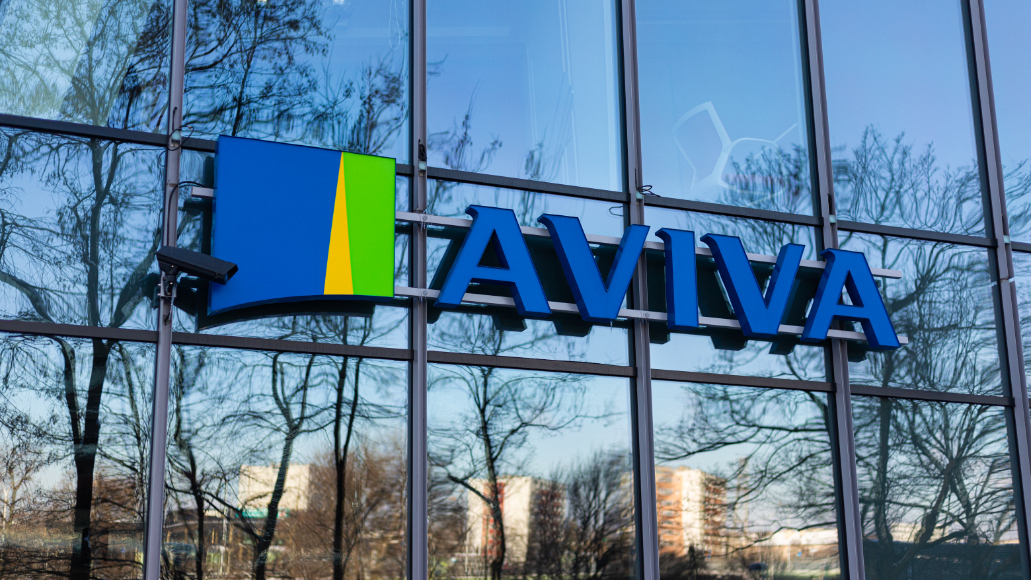
‘Ambitious’ Aviva emphasises net-zero accountability with SBTi validation
The insurance giant has set tough emission-reduction goals, though it admits to challenges in terms of ESG data and a lack of consistent standards.
Aviva’s emissions targets covering its operations, supply chain and investments have received accreditation from the Science Based Targets initiative (SBTi).
The UK-headquartered insurance company and asset manager’s commitments include: a 90% reduction in Scopes 1 and 2 greenhouse gas emissions by 2030 compared to 2019 levels; ensuring that 70% of suppliers will have science-based targets by 2025; and that a third of its corporate instruments, such as equity, bonds and loans, will have science-based targets by 2025.
Amanda Blanc, Aviva’s group CEO, said: ‘Science Based Targets is a key initiative in the journey to net zero. Robust, scientifically-based, verification brings much needed accountability to our emissions targets.
“Our targets are not just focused on our own emissions but across our full supply chain too, often the biggest source of carbon emissions for any business.”
The SBTi was formed from a partnership between the Carbon Disclosure Project (now known as CDP), the United Nations Global Compact, the World Resources Institute and the World Wide Fund for Nature (WWF). It looks for best practice in emissions reductions and net-zero targets in line with climate science.
There has been debate in the financial and institutional sectors over the enduring quality of ESG data, particularly in terms of the definition of “science-based targets.” In 2020, the 2 Degrees Investing Initiative left the SBTi, as the organisation felt that there was a lack of scientific evidence that current company actions actually contributed to reducing greenhouse gas emissions in the real economy.
The data is imperfect and entirely missing for parts of private markets. There is also no consistent global set of standards. But this doesn’t mean we should do nothing.
Imperfect data
Speaking to Net Zero Investor, Zelda Bentham, group head of sustainability at Aviva, said: “There are plenty of challenges as the data is imperfect and entirely missing for parts of private markets. There is also currently no consistent global set of standards. But this doesn’t mean we should do nothing until the data and standards are available. It simply emphasises the need for all of us to act.”
Further Aviva targets accredited by the SBTi include financing only renewable electricity in its electricity generation project finance portfolio until 2030 and reducing its real estate portfolio greenhouse gas emissions by 57% in 2030 compared to 2019 levels. Aviva has set a net-zero target of 2040, while portfolio targets cover 50% of its total investment activities by assets under management as of 2019.
Bentham said: “We believe our targets are both ambitious and achievable. Receiving validation of our targets to 2025 and 2030 from the SBTi is an important milestone for Aviva as we transition to net zero. It doesn’t mean that these are the only aspect of our business we are focusing on. Our targets also included those of our supply chain too – this brings accountability to our emissions across Scopes 1, 2 and 3.”
Real-world impact
While more and more corporations are signing up to net-zero plans, there has also been criticism of the slowness of regulators to catch up.
The recent COP27 climate conference faced a backlash from COP26 president Alok Sharma over the inclusion of a final text which made reference to ‘low-emissions energy’ in the transition. This raised questions as to whether nations are expecting natural gas or nuclear power to play a part in the move to net-zero.
“Firms cannot solve the climate crisis alone. A supportive and holistic policy environment is necessary to underpin change on the scale we need,” said Bentham.
Aviva is also a member of the Glasgow Financial Alliance for Net Zero (GFANZ) Workstream on Net-Zero Public Policy, alongside firms such as Federated Hermes, HSBC and Impax Asset Management. As of November last year, GFANZ members were no longer ‘required’ to partner with the UN’s Race to Zero initiative.
In September last year, Aviva Investors announced that the company will invest £110m in Connected Kerb, a UK-based provider of electric vehicle charging infrastructure.
In the past year, as part of its net-zero targets, Aviva also ceased underwriting companies making more than 5% of their revenue from coal or unconventional fossil fuels, unless they have signed up to the SBTi.




